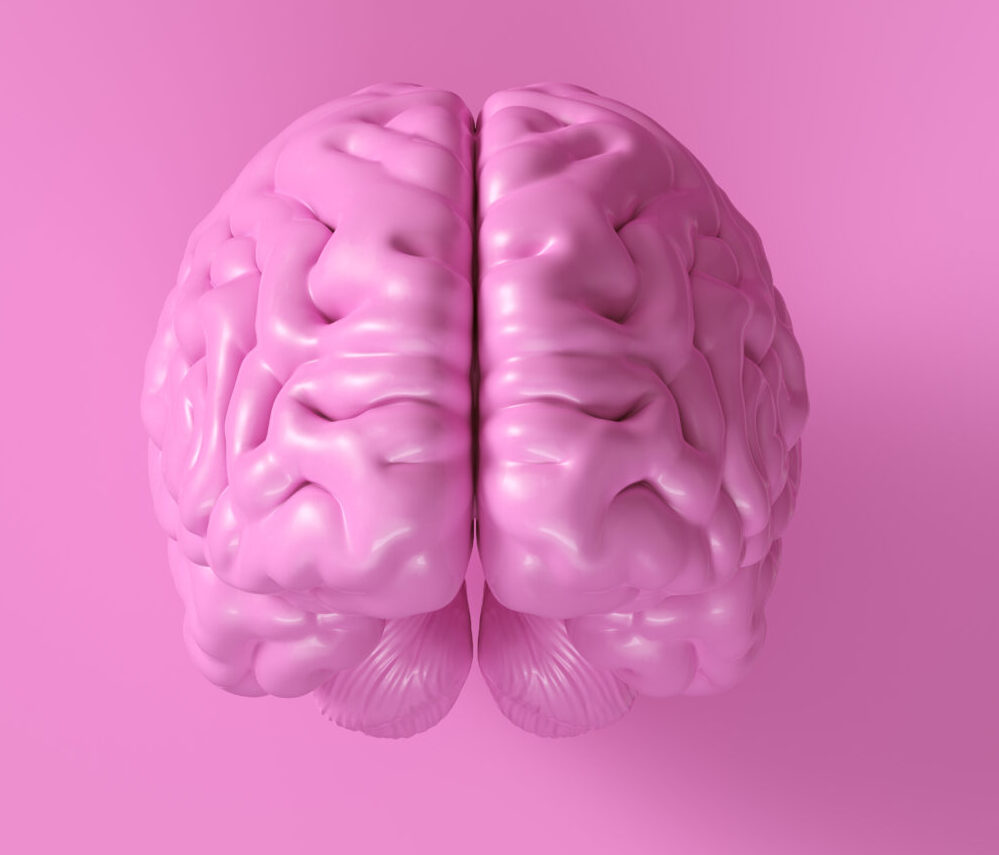Mapping the Molecular Milestones of Memory Restoration
### Mapping the Molecular Milestones of Memory Restoration
As we age, our brains undergo significant changes that can affect our memory. Scientists are working hard to understand these changes and find ways to restore memory. Recently, researchers have made some exciting discoveries that could lead to new treatments for age-related memory decline.
#### The Role of Cerebrospinal Fluid
Cerebrospinal fluid (CSF) is a clear liquid that surrounds the brain and spinal cord. It helps to support the nervous system by providing nutrients and removing waste. As we age, the composition of CSF changes. It contains more inflammatory factors and fewer growth factors, which can negatively impact brain function.
A team of scientists at Stanford University decided to investigate whether infusing CSF from young mice into old mice could rejuvenate their brains. They injected young CSF into the ventricles of old mice and observed that these mice performed better in learning tasks. The researchers then looked at the hippocampus, the brain’s memory center, and found that the young CSF had changed the expression of certain genes involved in memory.
One of the key findings was the upregulation of a transcription factor called serum response factor (SRF). SRF supports the growth and differentiation of oligodendrocytes, which are cells linked to memory function. The researchers also identified a growth factor called fibroblast growth factor 17 (FGF17) that activates SRF and promotes oligodendrocyte proliferation.
When they injected FGF17 into the ventricles of old mice, they found that the mice showed significant improvements in memory. This suggests that FGF17 plays a crucial role in maintaining memory function as we age.
#### Implications for Human Health
These findings have significant implications for human health. As we age, the levels of FGF17 in our CSF decrease, which may contribute to memory decline. Understanding how to upregulate the expression of SRF-activating growth factors like FGF17 could lead to new therapies for preventing age-related memory decline.
#### Artificial General Intelligence and Memory
While scientists are working on restoring human memory, researchers in the field of artificial intelligence are also exploring how to improve memory in machines. Large language models (LLMs) are being developed to achieve artificial general intelligence (AGI). These models need to address foundational issues like embodiment, symbol grounding, causality, and memory to mimic human cognition.
LLMs can learn and apply knowledge flexibly, retain information in memory, and reuse it in future tasks. However, they still lack the complex neural mechanisms that humans use to process information. Understanding these mechanisms is crucial for developing more advanced AI systems that can truly learn and remember like humans.
#### Therapeutic Approaches for Alzheimer’s Disease
Another area of research focuses on treating Alzheimer’s disease, a common cause of dementia. CT1812 is a small-molecule antagonist of the sigma2 receptor that has shown promise in reversing synaptic toxicity caused by amyloid beta oligomers. These oligomers are toxic proteins that accumulate in the brains of people with Alzheimer’s, leading to memory loss and cognitive decline.
CT1812 has been tested in various clinical trials and has shown safety and tolerability in humans. It has also been found to reduce the concentration of amyloid beta oligomers in the cerebrospinal fluid and promote their clearance from the brain. While it has not yet shown significant improvements in cognitive function, it holds promise as a potential therapeutic agent for Alzheimer’s disease.
#### Conclusion
Restoring memory is a complex task that involves understanding the molecular mechanisms underlying age-related changes in the brain. The discovery of FGF17 and its role in promoting oligodendrocyte proliferation offers a new avenue for developing treatments to prevent memory decline. Meanwhile, researchers in AI are working to create machines that can learn and remember like humans. For those affected by Alzheimer’s disease, therapies like CT1812 provide hope for slowing down cognitive decline. As research continues,





